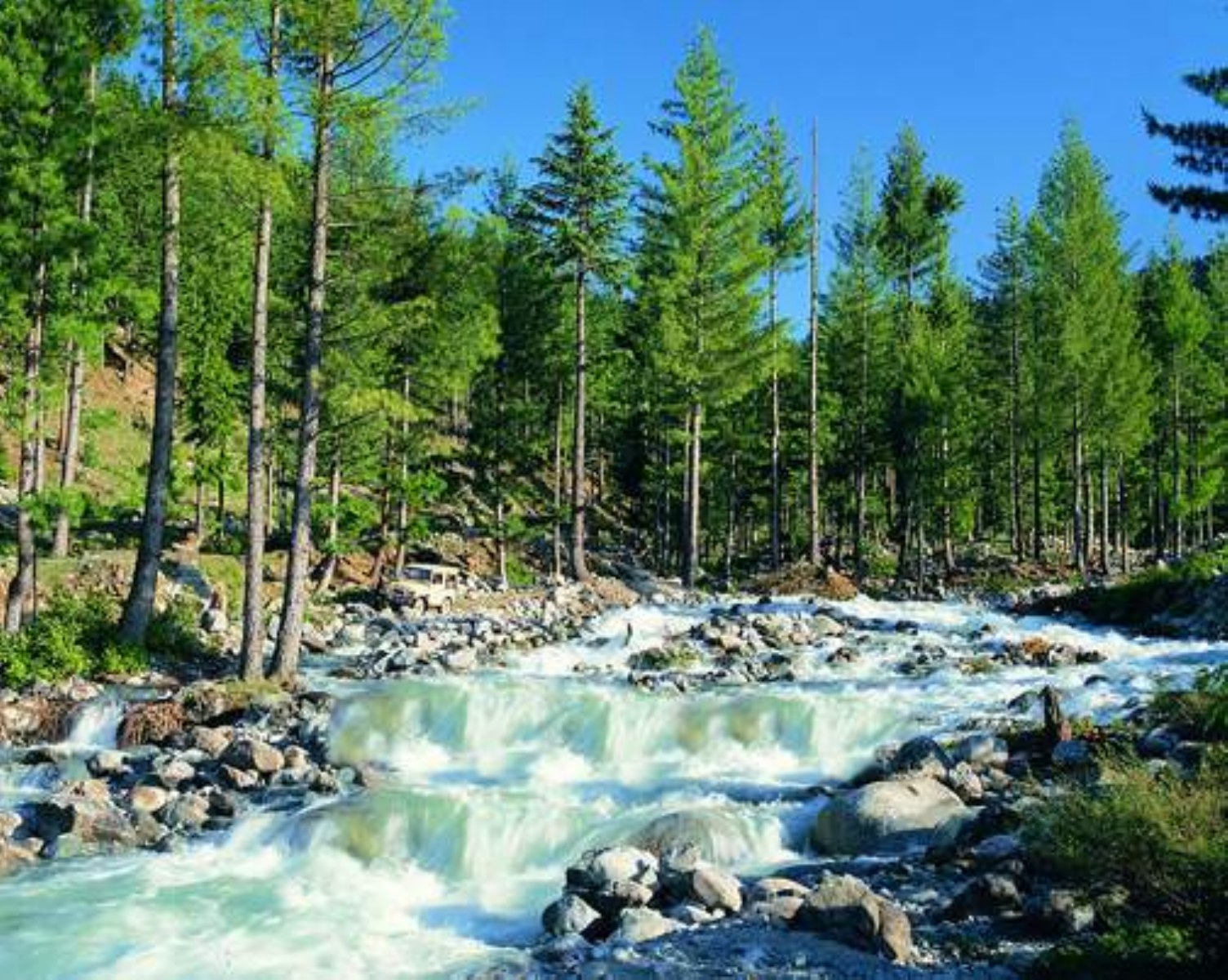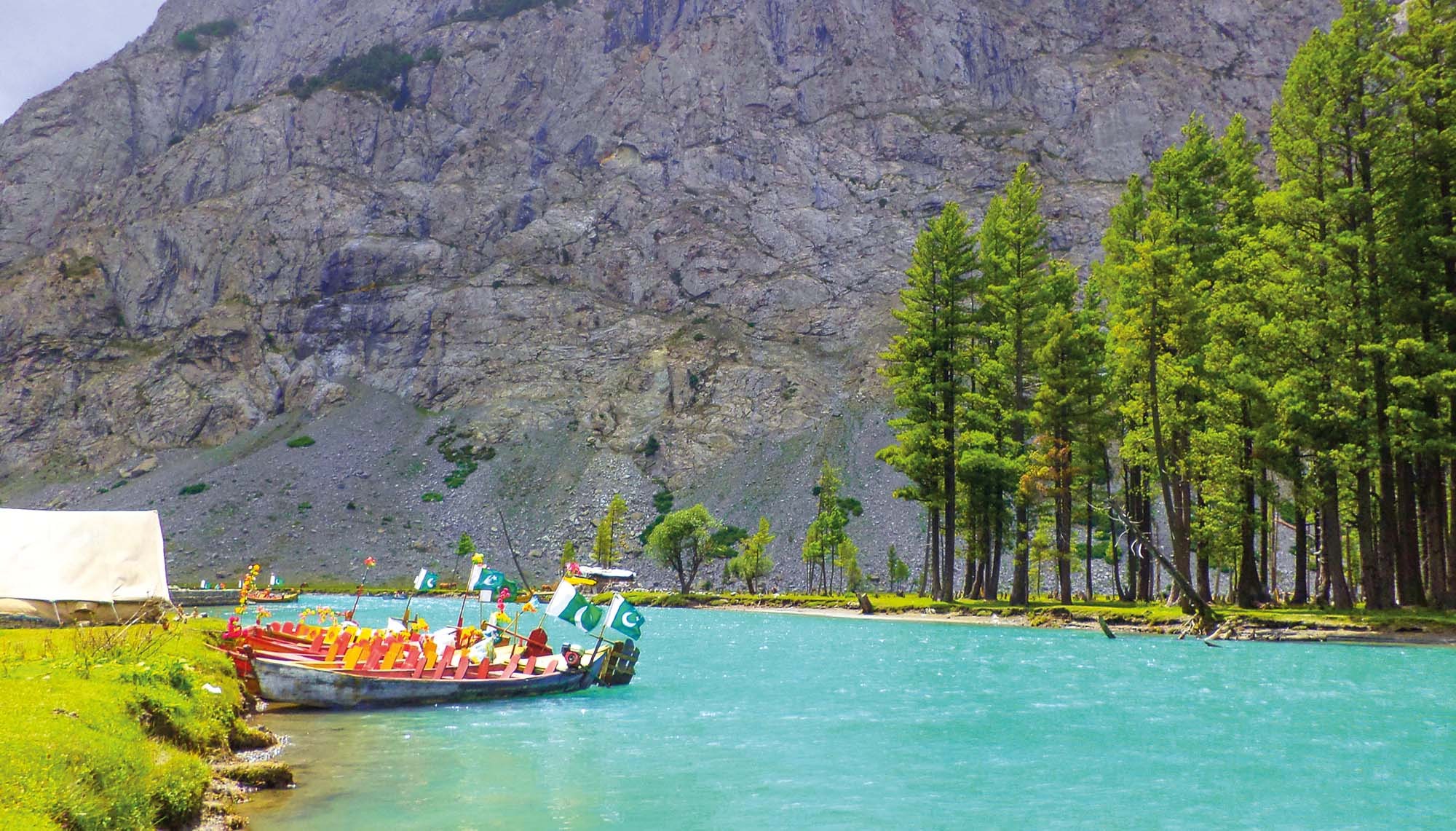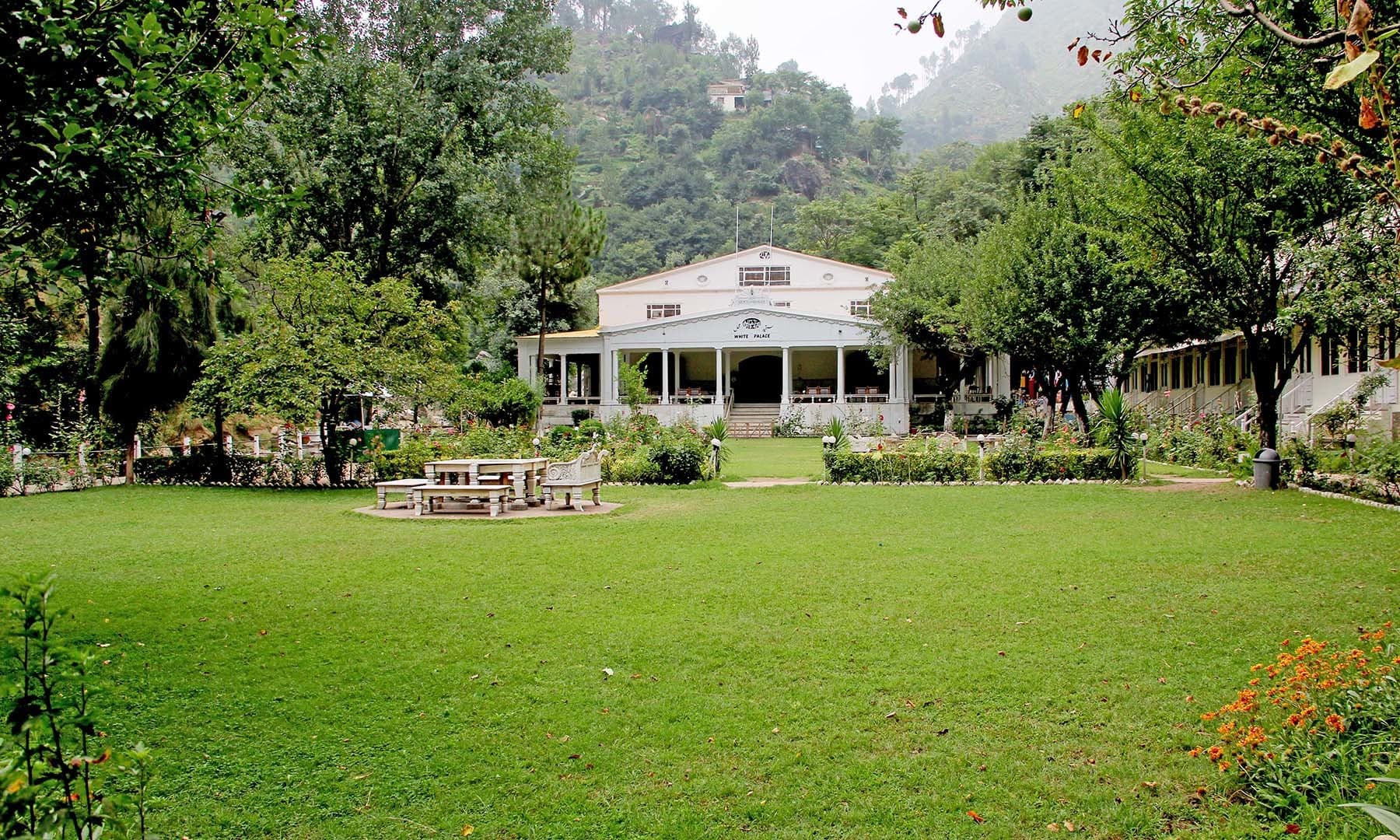Swat the land of romance and beauty, is celebrated throughout the world as the holy land of Buddhist learning and piety. Swat acquired fame as a place of Buddhist pilgrimage.
The lush-green valley of Swat with its rushing torrents, icy-cold lakes, fruit-laden orchards and flower-decked slopes is ideal for holidaymakers. It has a rich historical past, too. This is “Udayana” (The Garden) of the ancient epics; the land of enthralling beauty, where Alexander of Macedonia fought and won some of his major battles before crossing over to the delta of Indus River. This is the “valley of hanging chairs”, as described by the famous Chinese pilgrim-chroniclers, Huaen Tsang and Fa-Hian in the fifth and sixth centuries. Swat was once the cradle of Buddhism of all of its schools – Mahayana, Hinayana and Tantrayana, where once 1,400 monasteries flourished. It was the home of the famous Gandhara School of Sculpture that was an expression of Greco-Roman form in the local Buddhist tradition. Swat was also the historical land where the Muslim conquerors, Mahmud of Ghazni, Babur of Ferghana and Akbar fought their battles preparatory to the conquest of South Asia. The valley of Swat sprawls over 10,360 sq. km at an average elevation of 875 metres. The maximum temperature in July is 38 C and minimum (during January) is 1 C. The normal temperature is maximum 21 C and minimum 7 C. The tourist season is year-round.






